- Home Page
- Company Profile
-
Our Products
- Hydraulic Pumps
- Hydraulic Solenoid Valves
- Conventional Valves
- Proportional Valves
- Safety Valves
- Mobile Control Valves
- Hydraulic Motor
- Cylinders and Servo Cylinders
- Hydraulic Filters
- Hoses and Fittings
- Gates Hydraulic Hose
- MP Filters Filters
- Dowty Gear Pumps
- Polyhydron Valves
- Manifold Blocks
- Walvoil
- Spica
- Hand Pumps
- ATOS Hydraulic Components
- Blog

Navigating Global Trade Certifications: How to Import Hoses and Fittings Successfully
In today's interconnected world, navigating the complexities of global trade can be daunting, especially when it comes to importing specialized products like hoses and fittings. As industries become increasingly reliant on these essential components for a multitude of applications, understanding the various certifications and regulations that govern their importation is crucial. Whether you're a seasoned importer or new to the arena, knowing the ins and outs of international trade in hoses and fittings can significantly influence your success.
This blog aims to provide a comprehensive guide to help businesses effectively navigate the certification landscape for importing hoses and fittings. We'll explore the essential certifications required, the best practices to ensure compliance, and tips for overcoming common challenges faced in the import process. By the end of this journey, you'll be equipped with the knowledge needed to streamline your import operations and enhance your competitive edge in the market.
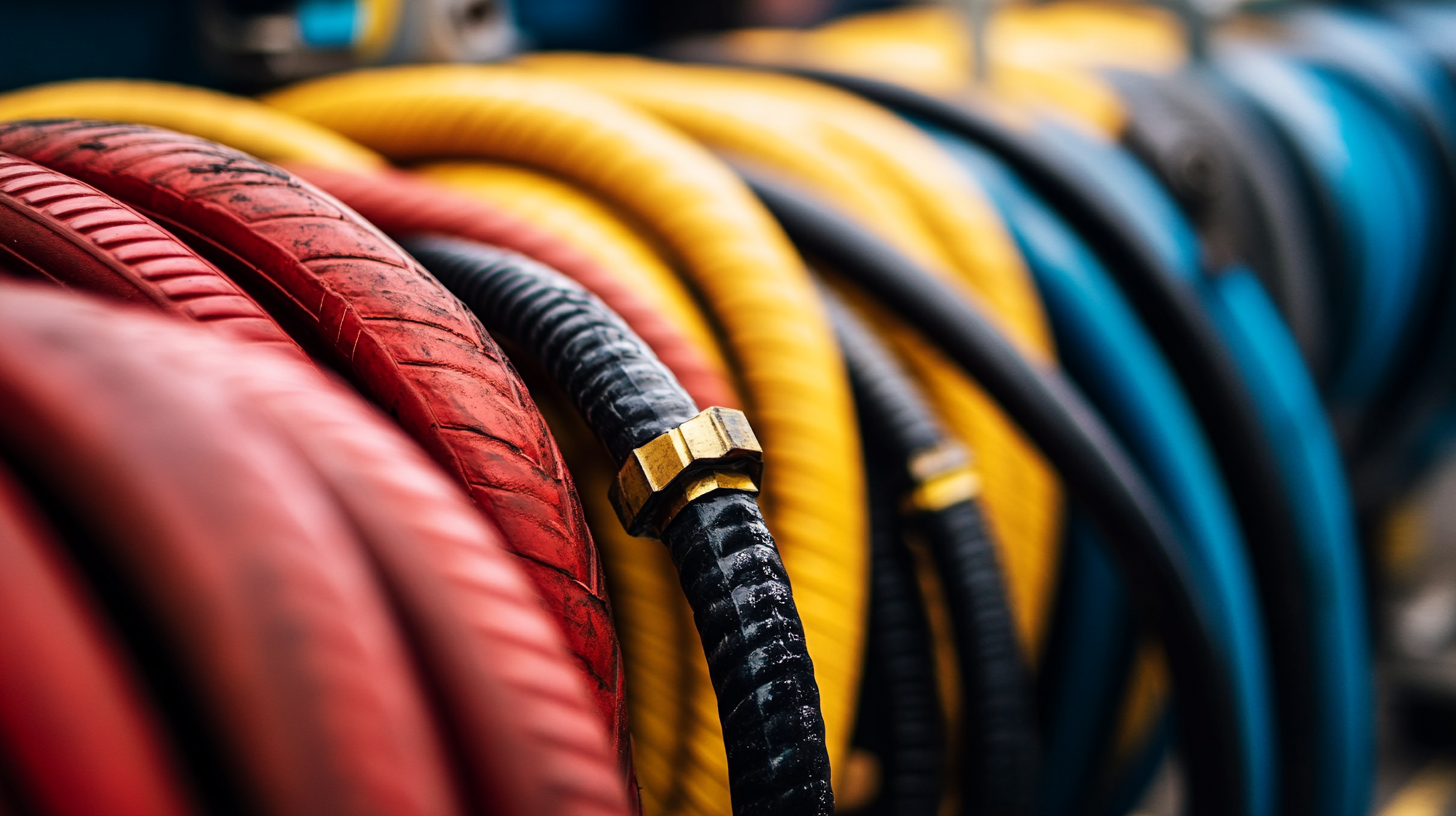
Understanding Global Trade Certifications for Hoses and Fittings
Navigating the intricate landscape of global trade certifications for hoses and fittings requires a comprehensive understanding of industry standards and regulations. As businesses increasingly engage in international trade, the importance of compliance with various certification requirements cannot be overstated. Proper certifications not only ensure product quality and safety but also facilitate smoother market entry in different regions. Currently, the HDPE pipes market is projected to reach a staggering USD 25.68 billion by 2029, highlighting the growing demand within the industry. This surge indicates the need for importers to be well-versed in the relevant certifications that can affect their operations significantly. For instance, certifications such as ISO and CE mark attest to the adherence to international quality standards and can enhance a firm's credibility when importing hoses and fittings. Moreover, understanding the implications of new international trade policies is crucial. In August 2024, the introduction of Section 232 duties on steel and aluminum products from specific nations marked a significant shift in trade dynamics. Importers of hoses and fittings must stay informed about such legislative changes and their potential effects on pricing and supply chains. Knowledgeable businesses will not only navigate certifications effectively but also align their strategies with current global trade developments to maintain a competitive edge.
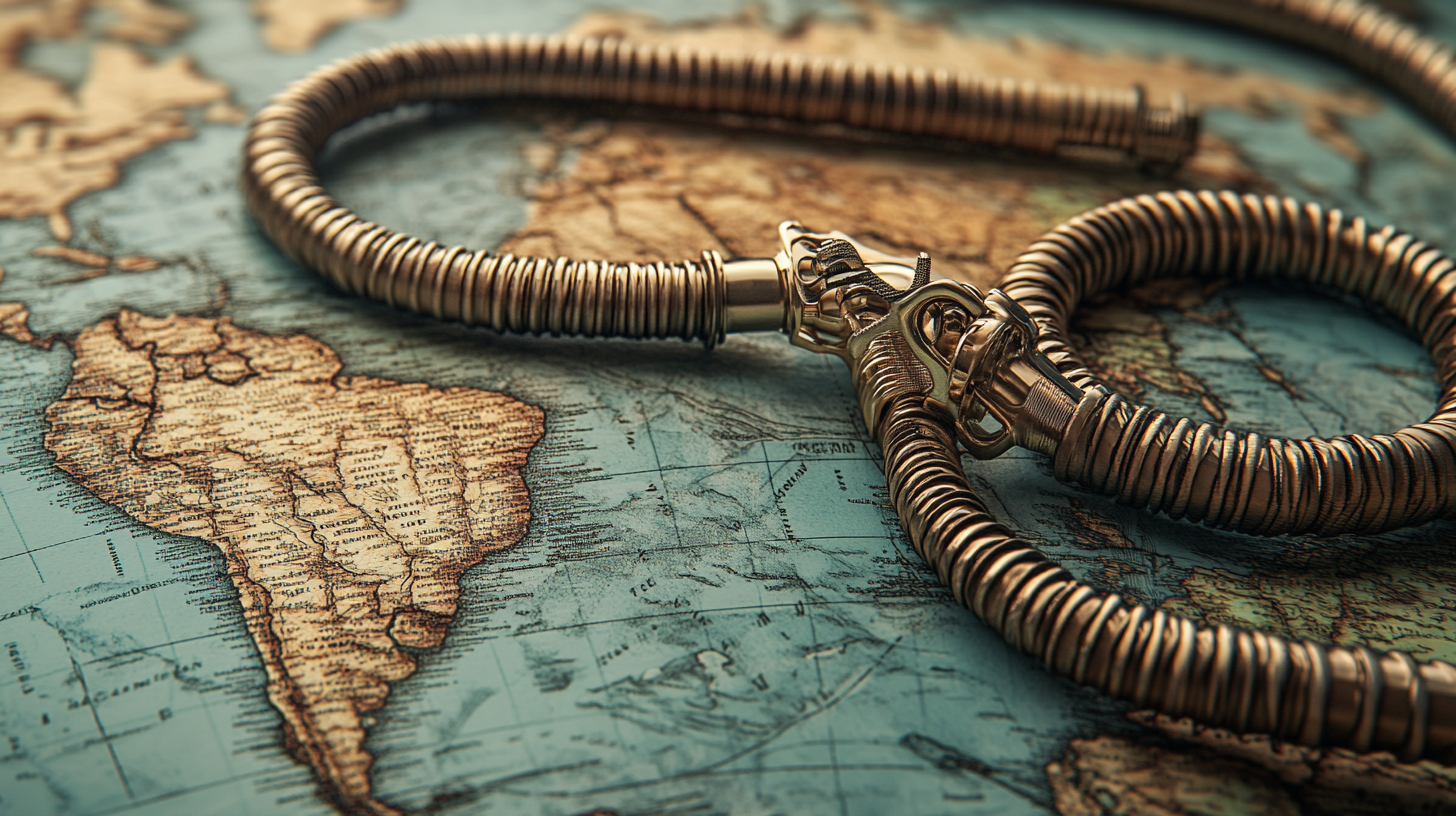
Key Import Regulations and Compliance Standards for Hoses
Importing hoses and fittings requires a comprehensive understanding of the various regulations and compliance standards that govern these products. Key among these are the requirements established by the U.S. Food and Drug Administration (FDA) and other regulatory bodies that ensure safe trade practices. Recent warnings, such as those issued by the FDA for violations related to foreign supplier verification, underscore the importance of maintaining compliance throughout the import process. Importers must implement due diligence to verify that their suppliers meet all necessary safety and quality standards, avoiding penalties and ensuring the integrity of their products.
In addition to FDA regulations, importers of hoses and fittings should also be aware of the environmental compliance landscape, especially if dealing with suppliers from regions like India. The environmental regulations in India can be complex, with challenges arising from discrepancies in law enforcement. Consequently, importers need to stay informed about local legislation and key reporting requirements to mitigate risks associated with environmental violations.
Moreover, the use of financial instruments such as Letters of Credit under UCP 600 can provide additional security for import transactions. These instruments help ensure that payment is made only when compliance with agreed terms is confirmed, further protecting importers from receiving non-compliant products. Understanding these intricate layers of trade regulations and financial safeguards is crucial for the successful importation of hoses and fittings.
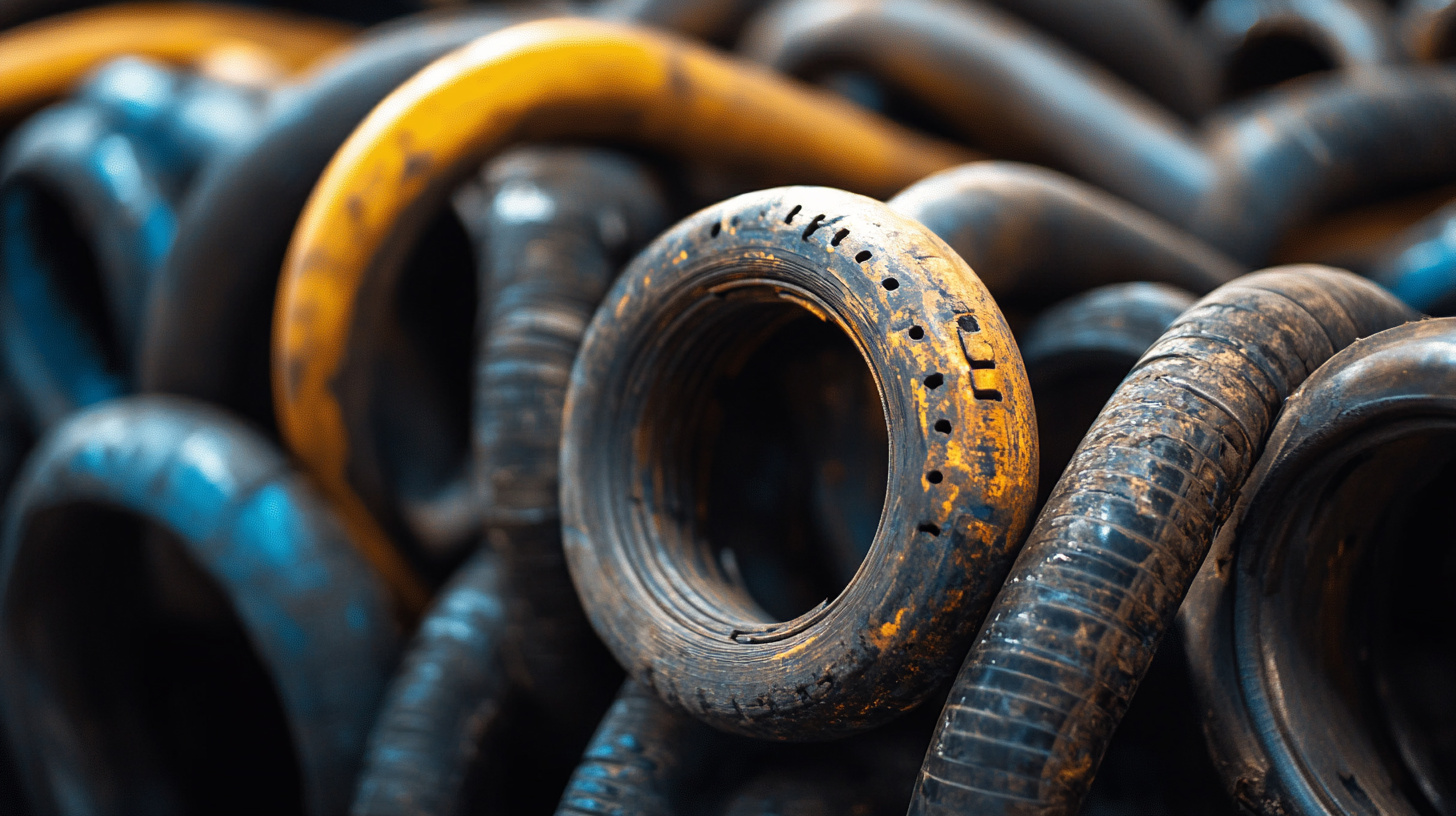
Documenting Quality: Certificates of Compliance in Hose Imports
When importing hoses and fittings, ensuring compliance with international quality standards is paramount. One critical aspect of this process is obtaining the necessary Certificates of Compliance, which serve as proof that the products meet specific regulatory requirements. These certificates not only guarantee the safety and reliability of the hoses and fittings but also facilitate smoother customs clearance and reduce the risk of costly delays.
Each region may have its own set of regulations and standards, such as the ISO certifications, FDA approvals, or CE markings in Europe. Importers must be diligent in understanding which certifications are required for their specific products and market. It's essential to establish communication with manufacturers to ensure all necessary documentation is in place before the importation process begins. By carefully examining and verifying these certificates, importers can mitigate potential issues and ensure that the products adhere to the high-quality standards expected by consumers and regulatory bodies.
In addition to safeguarding against legal pitfalls, possessing valid Certificates of Compliance enhances a company’s credibility in the industry. Customers are increasingly prioritizing quality assurance and sustainability, and being able to present comprehensive documentation can set a business apart from competitors. As the global trade landscape continues to evolve, prioritizing these certifications will undoubtedly bolster an importer’s reputation and expand their market reach.
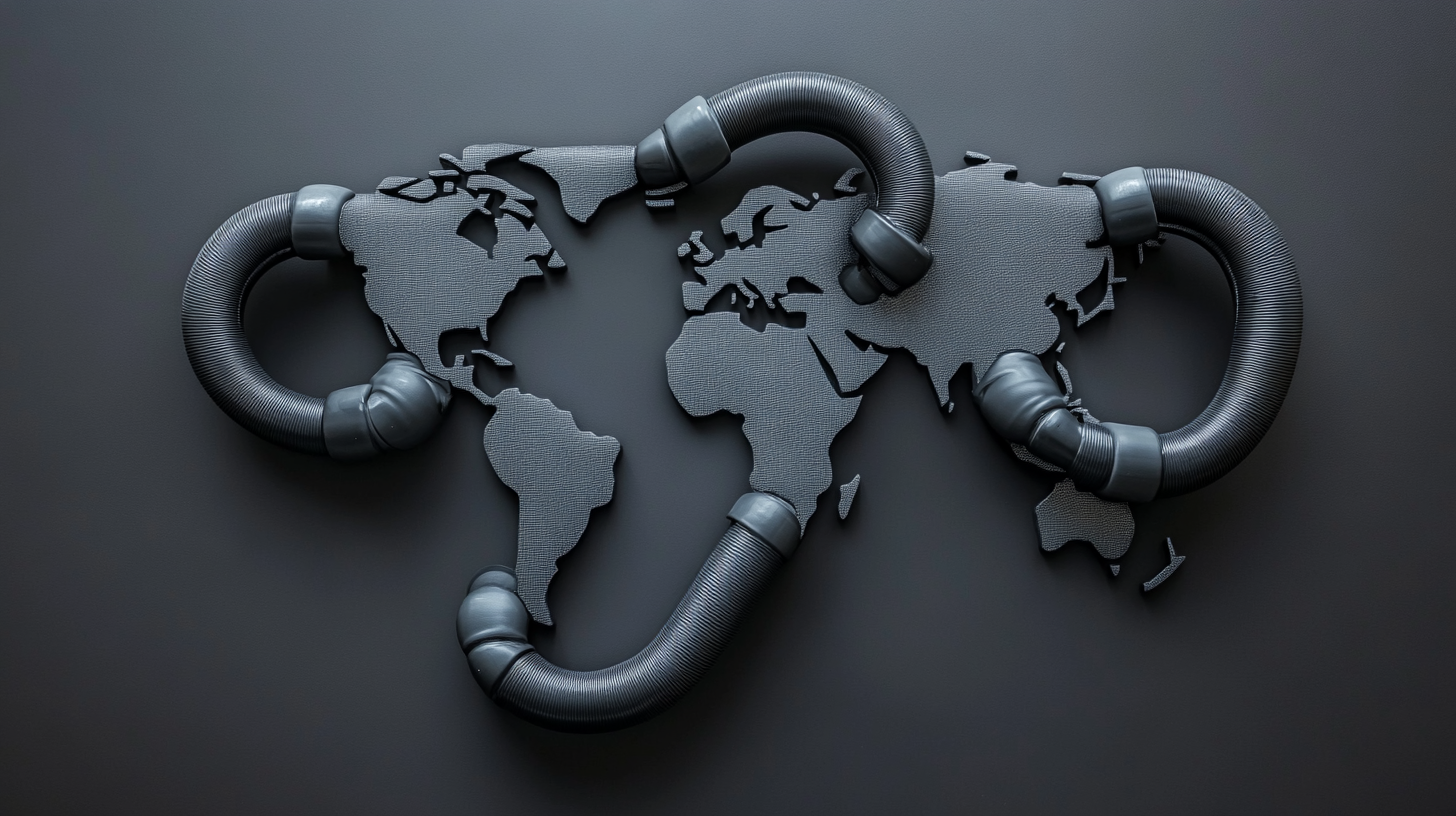
Navigating Tariffs and Duties on Hoses and Fittings Imports
When importing hoses and fittings, understanding tariffs and duties is essential for ensuring a smooth transaction and avoiding unexpected costs. Tariffs are government-imposed taxes on imported goods, designed to protect local industries and generate revenue. For importers, falling into the complexity of tariff classifications can result in significant expenses. It is crucial to accurately classify your products according to the Harmonized System (HS) codes, as these determinations dictate the tariff rate owed upon importation.
Additionally, it’s important to stay informed about any changes in trade agreements or policies that may affect duties imposed on hoses and fittings. Regularly reviewing trade news and government publications can provide insight into potential shifts in tariffs that could impact your bottom line. Certain trade agreements may offer preferential rates or exemptions, which can significantly benefit businesses that invest time in understanding these regulations.
Furthermore, working with experienced customs brokers can streamline the process. These professionals not only help ensure compliance with relevant laws but also provide valuable information on the best practices for tariff management. By strategizing how to manage tariffs and duties effectively, importers can enhance their competitiveness in the global market while minimizing additional costs associated with compliance. Proper navigation of these factors is integral for any business looking to import hoses and fittings successfully.
Best Practices for Partnering with Global Suppliers in the Hose Industry
Partnering with global suppliers in the hose industry can significantly enhance your competitive edge, provided you adopt best practices for collaboration. According to a report by The Freedonia Group, the global demand for hoses is projected to reach $17 billion by 2025, fueled by industrial growth across several sectors including automotive, construction, and agricultural. To capitalize on this demand, establishing strong relationships with international suppliers is essential.
Effective communication is a cornerstone of successful partnerships. Implementing a unified digital platform for sharing specifications, quality standards, and timelines helps to minimize misunderstandings. As cited in the 2021 Global Supplier Relationship Management Market Report, organizations that employ structured communication protocols experience a 25% increase in efficient project delivery. Additionally, regular performance evaluations and feedback loops contribute to ongoing improvement and alignment between partners.
Cultural awareness also plays a crucial role in managing partnerships in the hose industry. Understanding the cultural nuances of your global suppliers can foster respect and collaboration, reducing the risks of conflict. Research from McKinsey emphasizes that companies that embrace cultural diversity can achieve better innovation and better solutions. Therefore, investing time in cultural education and sensitivity training for your teams can lead to more fruitful collaborations and ultimately a more successful import process.
Developed and Managed byInfocom Network Private Limited.
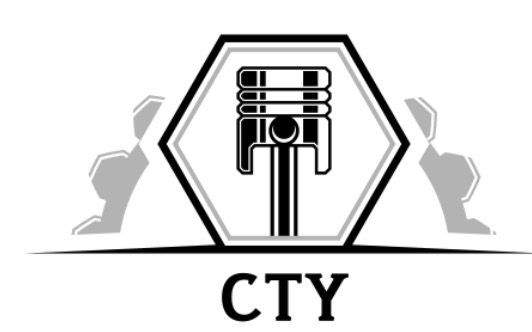
 Send Inquiry
Send Inquiry

